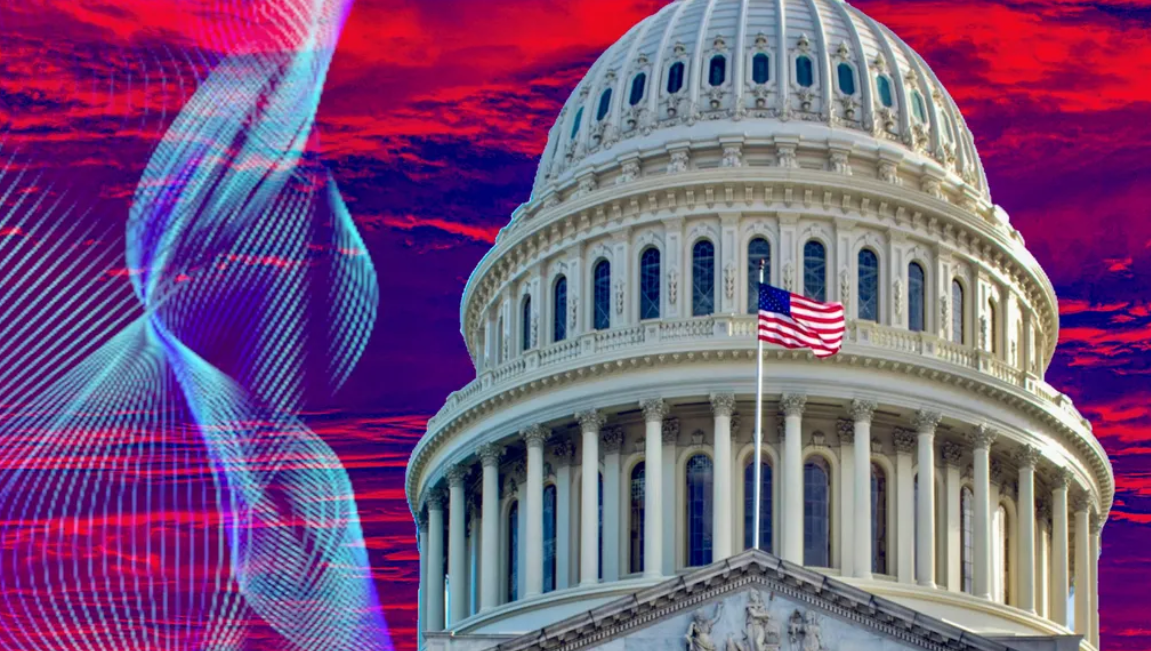The Promise and Peril of AI in Federal Agencies
The adoption of artificial intelligence (AI) within federal agencies has the potential to revolutionize governance, enhance efficiency, and improve services. However, the path to this transformation is not without challenges. One significant issue looming on the horizon is the debate over implementing strict AI regulations. In this article, we explore how these regulations, while well-intentioned, could impact federal agencies and the crucial services they provide.
- Ensuring Accountability and Fairness
The call for stricter AI regulations often stems from concerns about accountability and fairness. Proponents argue that comprehensive rules can prevent algorithmic biases and ensure AI decisions do not disproportionately affect certain communities. However, such regulations could also introduce bureaucratic hurdles that slow down AI integration in agencies.
- Navigating Compliance Challenges
Federal agencies already grapple with a myriad of regulations. Strict AI rules would add another layer of compliance requirements. While compliance is essential, it may also lead to increased administrative burdens and, potentially, financial implications.
- The Balance of Innovation and Security
Federal agencies rely on AI for various applications, from predictive analytics to cybersecurity. Strict regulations could stifle innovation, making it challenging for agencies to harness AI’s full potential while maintaining robust security measures.
- Budgetary Considerations
AI implementation comes with a price tag, and stricter regulations might exacerbate the financial strain on federal agencies. Balancing the costs of compliance with the benefits of AI is a complex equation.
- Impact on Decision-Making and Efficiency
The adoption of AI aims to streamline decision-making and enhance efficiency within federal agencies. However, rigorous regulations could slow these processes, potentially diminishing the anticipated benefits of AI.
- Skills and Workforce Development
Regulations may necessitate additional training and workforce development to ensure compliance. Preparing employees for AI integration is vital but may require time and resources.
- Legal and Ethical Dilemmas
The legal and ethical landscape surrounding AI is complex, and stricter regulations aim to address these concerns. Navigating these dilemmas while maintaining efficiency is a challenging task for federal agencies.
- Potential Solutions
Despite the potential challenges, there are strategies to achieve a balance between responsible AI use and efficiency. These include setting clear guidelines, promoting transparency, and establishing ethical AI committees within federal agencies.
Conclusion: Striking the Right Balance
The future of AI within federal agencies is undeniably bright, offering the potential for improved governance and services. However, the debate over strict AI regulations underscores the need to strike the right balance between accountability, innovation, and efficiency. As federal agencies continue to harness the power of AI, they must navigate the complexities of this evolving landscape, ensuring that both regulation and progress coexist harmoniously to serve the best interests of the nation.




































